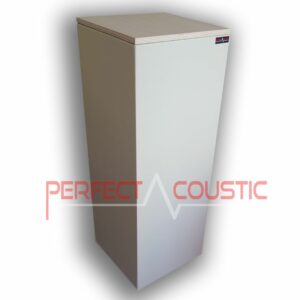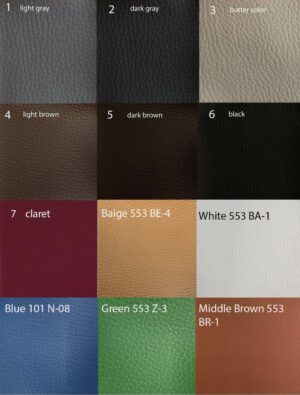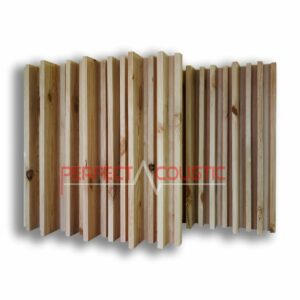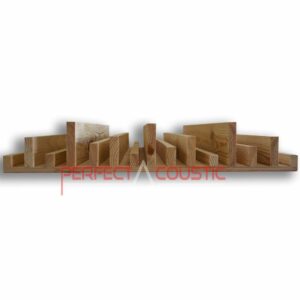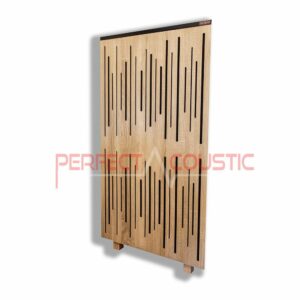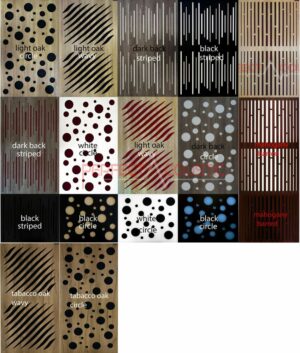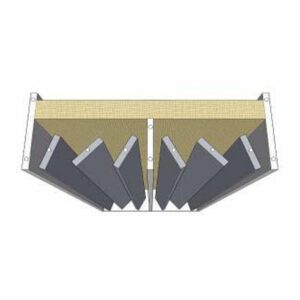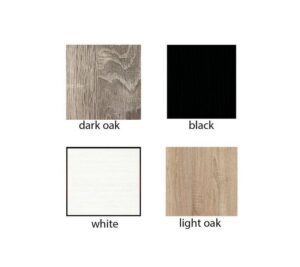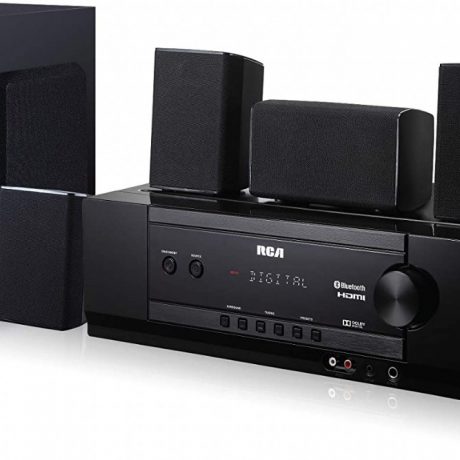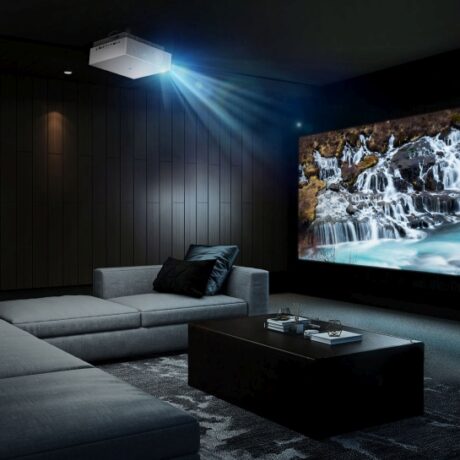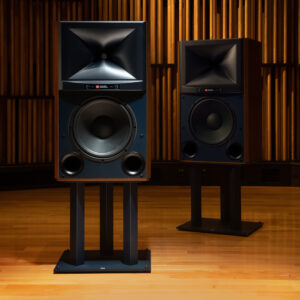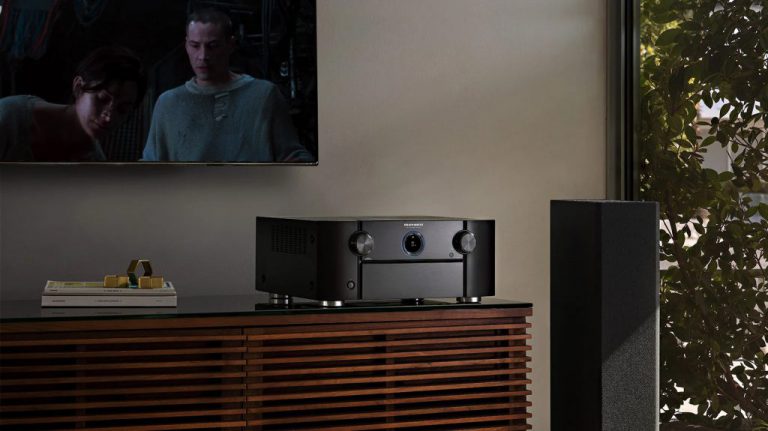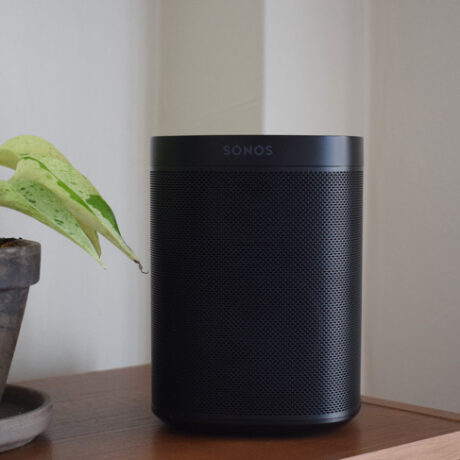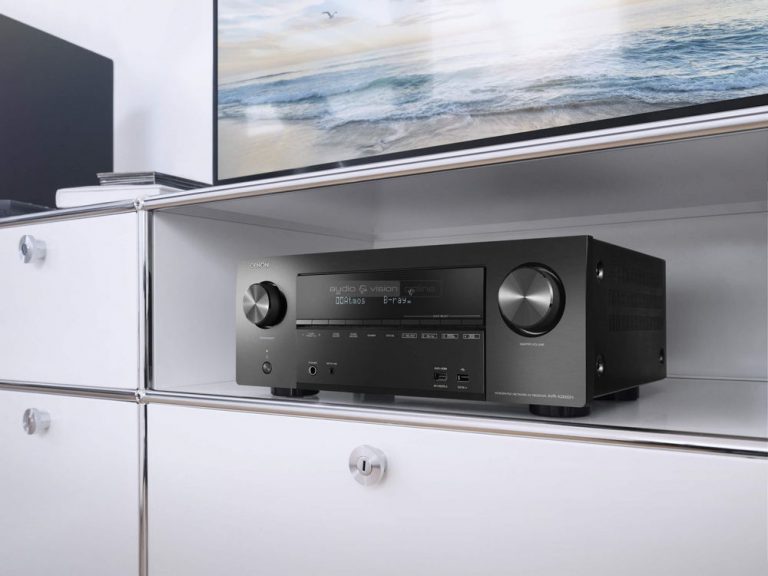We tested the Yamaha HS8 active studio monitor!
We visited a home sound recording and mixing studio in Piliscsaba. The 18-square-meter garage of the family house was converted into a studio, and the home cinema system was also installed in here. The room had almost perfect acoustics, but the ceiling have not yet been treated, causing reflections to form along the ceiling. However, by placing some acoustic panels, this problem can be solved very quickly and easily. The owner invited our company to test the Yamaha HS8 speakers.
-
Giga bass panel with membrane94 € – 129 € +Vat
-
Striped Sound Diffuser 60x60x9cm108 € – 140 € +Vat
The result of Japanese precision – flawless sound!
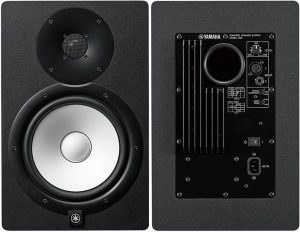
The citizens of the country of the rising sun value precision, and precise work in the pursuit of perfection. They also want to be at the forefront with their audio and hi-fi products, so they do their utmost to make Yamaha products perform to the best. The company was founded in the 19th century, only manufacturing musical instruments for a while. But since 1978, Yamaha speakers are dominating the speaker market. And a lot of audio and hi-fi devices bear this brand name today.
A mid-range speaker – with premium quality
It can be said that the Yamaha HS8 is one of the most popular among studio monitors, thanks on the one hand to its extremely affordable price (available around 300 EUR), on the other because of the high quality, minimalist design and fantastic sound. Available in black and white, the sleek, simple look of the approximately 10kg speaker is to anyone’s liking at first sight. The speaker box is made of MDF panels, which significantly minimise resonances.
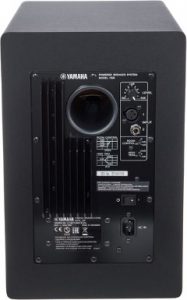
There are various setting options on the back of the box, such as “Room Control,” to avoid the problems that can arise if you place the speaker too close to the wall. (The speaker is designed to be placed at a minimum of one and a half meters from the wall.) High Trim EQ has also been made possible with this model. The two audio connectors, XLR and TRS, are also located on the back of the box, as is the password level control. Symmetrical and asymmetrical cabling is also possible.
Yamaha – the best of sounds!
The two-way, 8-inch subwoofer is powered by a 75-watt built-in amplifier, and the metal-grid-protected, outward-curving dome tweeter also has its own built-in amplifier with 45 watts of power, for a total of 120 watts. We don’t risk any critics by saying that the performance of the speaker is impressive even without a separate subwoofer!
Additional information
-Magnetic shielding
-Cross-switching frequency: 2000 Hz
-Frequency response: (-10 dB) 38 Hz to 30 kHz
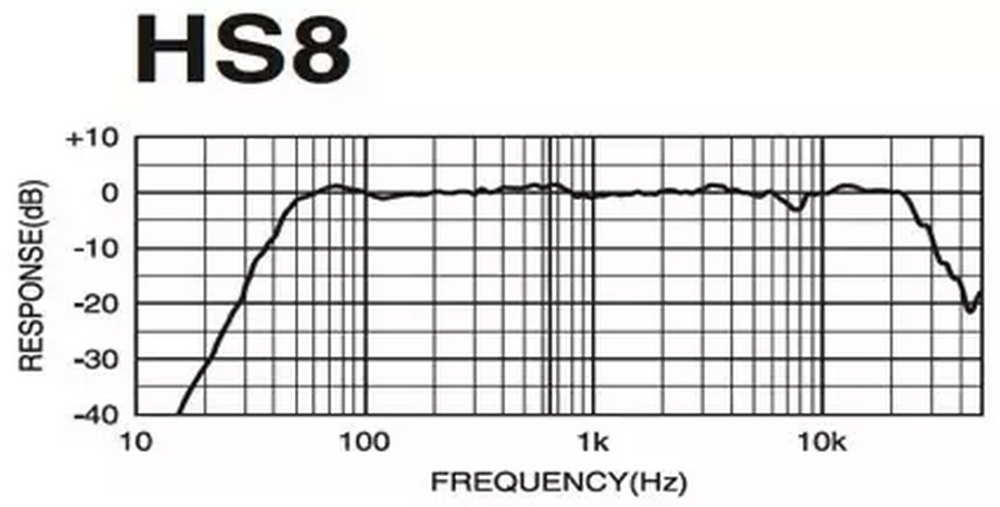
We dived into surging depths – Yamaha Audio Test
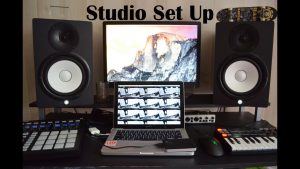
Brahms’s Hungarian Dances was our first option. All the string instruments performed cleanly and accurately. As a result of the lifelike sounding, we felt like sitting right in front of the orchestra. We enjoyed the harmony of beautiful, even sounds.
We continued the test with electronic music. Avicii’s popular song, Levels, sounded balanced, detailed, and crisp. We were careful with the volume because the not-too-large studio had its limits. We experienced a slight squeak in the high ranges, but with the high sound filter we could easily correct this small error.

To test the bass sounds, we used the rhythms of Martin Garrix: Animals. The powerful, firm, clear bass tones convinced us of the excellence of the Yamaha HS8. In the lowest frequency ranges, the bass sounded a bit “spongy,” suffocated, so we recommend using a bass filter. In addition to the sharp high tones, the mid-range was concentrated, not pushed into the background at all.
Since the studio also functions as a cinema room, we tested the speakers for a movie. The exciting adventure movie Call of the Wild starring Harrison Ford was our next test subject. The Yamaha HS8 filled us with rapture and awe when it came to screening the movie. Clear and realistic sound effects, rumbling deep, clearly audible speech characterised the sound radiated by the monitor.
-
Sound traps with diffuser- If a good look is important146 € – 155 € +Vat
-
Flexi acoustic panel with adjustable wooden slats194 € – 287 € +Vat
In summary
The Yamaha HS8 active studio monitor is unbeatable in its price range. It would also cope with much more expensive speakers. It can be an excellent choice, even for professional sound studios, especially for sound mixing, or for recording music.
For more serious jobs, however, it doesn’t hurt to get a subwoofer to get really percussive depths. The treble is sharp, resonates nicely, the middle range is not suppressed by the other frequencies, the bass is definite and powerful. Squeaking noises at the level of the trebles can be controlled with a filter. We recommend larger rooms with a minimum of 25-30 square meters. The good price, the clean, tasteful speaker housing, the 120 Watt amplification system, the high sound filter clearly place the Japanese manufacturer’s monitor among the winners!
G.H.

